Music Production Knowledge Backlog
Here you can find my latest published content. Use the Search!
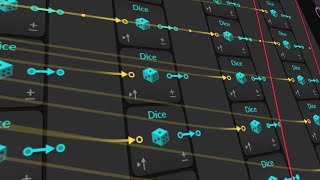
Jan 18, 2024 Tutorial
In this video, I demonstrate a generative techno patch using a sequencer and various modules. The patch allows for the creation of unique kick drums, melodies, and snare sounds while keeping the hi-hats consistent. I also explain how I used modulation and filtering techniques to add variety and create different sounds for each iteration of the track.
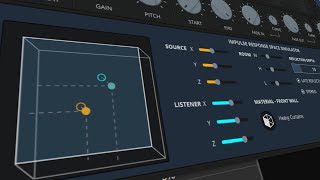
Jan 17, 2024 Tutorial
In this video, I discuss the new update for the Fog Convolver 2 plugin by Audio Thing. The update includes a space simulator created by Lese, which allows users to adjust various room parameters, generate impulse responses, and export them as wave files for use in convolution devices like Bitwig Studio. I also mention that if viewers don't own Fog Convolver 2, they can check out Lese's plugin called Eigen, which offers similar features as a standalone space simulator.
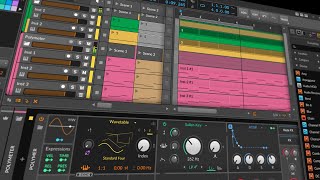
Jan 16, 2024 Tutorial
In the last couple of videos, I discussed pulley rhythms and pulley meters in the Bitwig grid. Today, I want to take a look at how these concepts apply to the Arranger window and Clip Launcher, and share a tip on combining multiple instrument tracks for one synthesizer. By utilizing polyrhythms and polymeters, you can create interesting and complex patterns by varying the subdivisions and clip lengths. This technique can be enhanced further by grouping multiple clips and having them played by a single synthesizer on a group track.

Jan 15, 2024 Tutorial
In this video, I demonstrate different methods of creating easy polymeters in Bitwig Studio. I show how to use a node grid with a monophonic mode, a gates module, and a transport module to generate nodes. I also discuss a different setup using a counter and a trigger module, as well as the use of a clock quantizer for better precision.
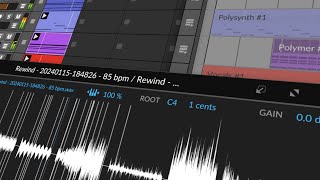
Jan 15, 2024 Tutorial
In meinem Video zeige ich, wie man mit Bitwig 5 ambient-inspirierte Musik erstellt – perfekt für absolute Anfänger mit einem kleinen MIDI-Keyboard. Ich starte mit einer Demoversion des M1-Synthesizers und sample dessen Klänge, um einen Wavetable-Oszillator zu erstellen. Anschließend zeige ich, wie man die Wavetable-Position, Polyphonie, Panning und zufällige Modulation manipulieren kann, um den Ambient-Sound zu formen. Zum Schluss füge ich Effekte wie Reverb, Delay und einen Convolution Reverb hinzu, um die Atmosphäre des Tracks zu verstärken.
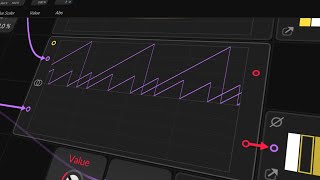
Jan 11, 2024 Tutorial
In this video, I explain the difference between Polyrhythms and Polymeters. Polyrhythms involve subdividing a one-bar grid into equally spaced steps using triggers, while in Polymeters, the subdivisions stay the same but the length of the bar changes. To achieve Polymeters, I demonstrate using a reset module to reset the face signal at a certain point in time.

Jan 10, 2024 Tutorial
In this video, I share my process of capturing impulse responses inside Bitwig Studio. I demonstrate how to use a test-tone device to generate the desired impulses, export and edit them in an audio editor, and then use a sampler and convolution device in Bitwig Studio to create unique reverbs. I also explain the importance of combining convolution reverbs with algorithmic reverbs for a more dynamic and realistic sound.
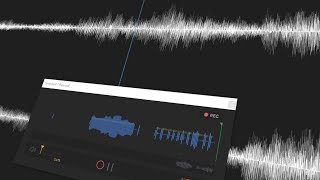
Jan 09, 2024 Tutorial
In this video, I demonstrate an interesting technique for creating ambient pad sounds using the sampler in Bitwig. I start by recording sample material from old synthesizers and then load them into the sampler. By utilizing cycles mode, voice stacking, and modulation, I am able to create unique and evolving pad sounds with ease.
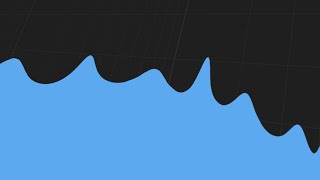
Jan 08, 2024 Tutorial
In the video, I demonstrate how to visualize the behavior of different filters using a spectrum analyzer in the Bitwig Grid. By modulating a sine oscillator and applying various filters such as the comp filter and fizz filter, viewers can observe the changes in the frequency domain. This visual representation provides a helpful way to understand the effects of these filters even without deep knowledge of their underlying theory.
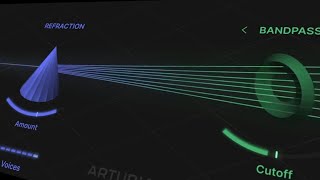
Jan 05, 2024 Tutorial
In this video, I demonstrate how to replicate the concept of Arturia's EFX Refract plugin using Bitwig Studio's Bitwig Grid. I outline the process of creating multiple voices, applying delay and modulation effects, and implementing a bandpass filter for each voice. While I couldn't replicate the plugin's 3D interface or harmonizer, this tutorial serves as an inspiration for creating similar effects in the Bitwig Grid.
previous | next









